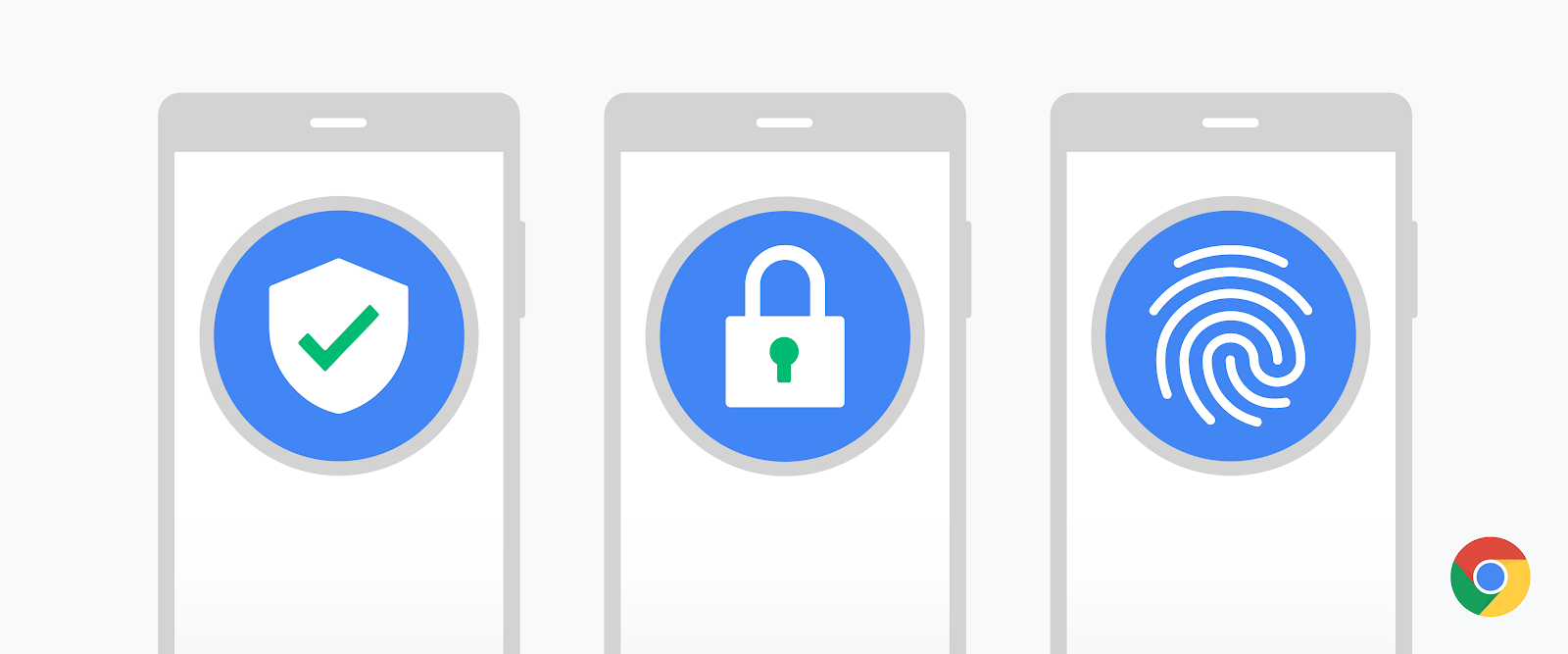Google Password Manager for Android and Chrome is getting a new, more consistent UI
Google's built-in password manager in Android and Chrome is a handy addition, helping you keep track of your login credentials and keeping you safe and secure online. However, it's far from perfect, and unlike the best password managers out there, the lack of a native app and a convoluted UI makes it confusing to use. With its latest round of improvements, Google is looking to change that. The company is debuting a consistent UI across Chrome and Android, stronger password protections, and simplified access.
Despite showing the same information in both places, Google Password Manager uses a different UI in Chrome and Android. New users might get confused as they believe their passwords are being saved in two different places. Google is fixing this problem by debuting a simplified new UI across Chrome and Android. It will also merge multiple entries for the same website or app into one for easy management. And for one-tap access, you can now add a shortcut to Google Password Manager on your Android's home screen.
The Password Checkup feature of Google's password manager is getting smarter as well. Apart from compromised credentials, it can now highlight weak and re-used login details. And if you are warned about a password, you can fix it with a tap using the automated password change feature. Additionally, Google is expanding the compromised password warning to platforms other than Android, including Chrome OS, macOS, Linux, iOS, and Windows.
The inability to manually save new login credentials to Google Password Manager has been a puzzling omission. By "popular demand," the company is finally adding this functionality to its password manager across all platforms.
For Android users, Google is introducing Touch-to-Login in Chrome, allowing you to log into a website with a single tap. Previously, this process required two unique steps: tapping the pop-up to autofill your login credentials, then pressing the sign-in button.
Finally, iPhone users can now use the Google Password Manager to generate and autofill login credentials in third-party apps. This ability was previously missing from the password manager on iOS. You must be on the latest release of Chrome and set it as the default autofill provider on your phone for the feature to work.
These are just the latest changes to an app that has seen plenty of attention from Google over the last couple of years. As development continues, it's easy to see a world where consumers stick with Password Manager over the likes of LastPass or Bitwarden.
( Details and picture courtesy from Source, the content is auto-generated from RSS feed.)
Join our official telegram channel for free latest updates and follow us on Google News here.



